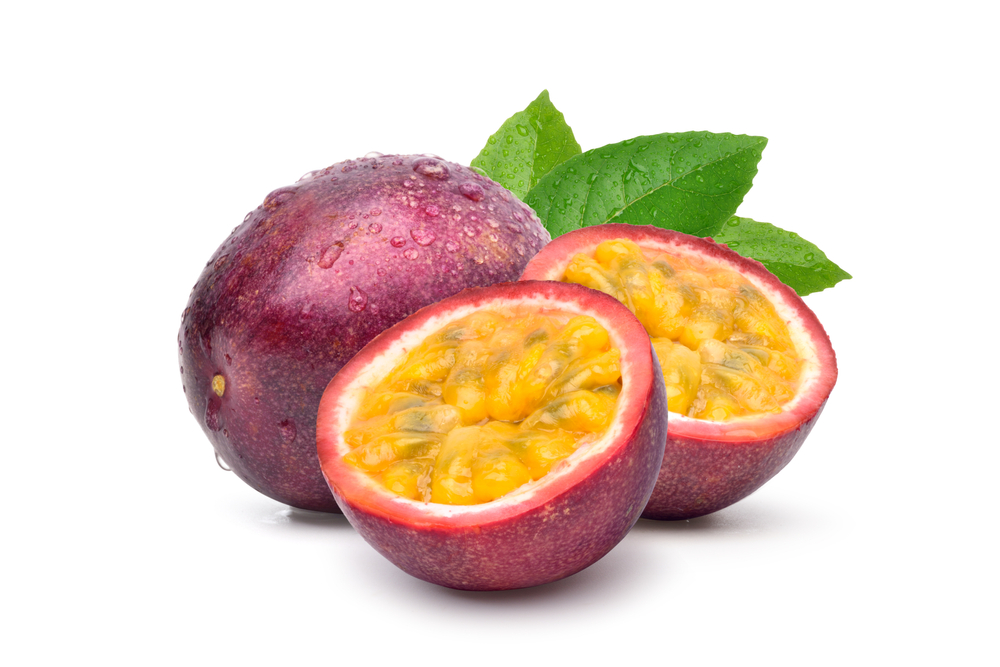You’ve been throwing away the best part of your fruits all this time. That’s right — the peels, skins, and rinds you’ve diligently removed might actually be packed with nutrients your body craves. Before you reach for that peeler again, let’s talk about which fruit coverings deserve a spot on your plate instead of in your trash.
The unexpected nutritional goldmine
Most of us grew up learning to peel certain fruits without question. It became automatic, like brushing your teeth or looking both ways before crossing the street. But what if those habits are robbing you of amazing health benefits?
Fruit skins often contain higher concentrations of vitamins, minerals, and antioxidants than the flesh inside. They’re also filled with fiber that keeps your digestive system running smoothly. Think about it — the skin is the fruit’s natural shield against pests, disease, and environmental damage. To perform this protective role, it’s packed with compounds that, coincidentally, are great for human health too.
Fruit skins are fiber powerhouses. A single apple eaten with the skin provides nearly double the fiber of a peeled one. This extra fiber helps slow sugar absorption, keeping your blood sugar levels more stable and helping you feel fuller longer.
The vibrant colors in fruit skins come from plant compounds called polyphenols, which act as antioxidants in the body. These compounds fight free radicals, reduce inflammation, and may even help prevent certain chronic diseases.
Skins worth saving
The phrase “an apple a day keeps the doctor away” might actually refer to the skin more than the flesh. Apple peels contain ursolic acid, a compound that may help prevent muscle wasting and obesity. They’re also loaded with quercetin, an antioxidant linked to improved lung function and reduced allergy symptoms.
Similar to apples, pear skins contain several times more nutrients than the flesh alone. The skin houses most of the fruit’s fiber plus antioxidants that may help manage blood pressure and cholesterol levels.
Surprised? The fuzzy brown exterior of kiwis is completely edible. The skin triples the fiber content and provides a tangy contrast to the sweet flesh. Some varieties have less fuzzy skins that are more palatable if texture is an issue for you.
Resveratrol, the compound famous for giving red wine its health benefits, is concentrated in grape skins. This powerful antioxidant is linked to heart health and longevity. Both red and purple grape varieties contain the highest levels.
Technically a fruit, cucumber skins contain most of the vegetable’s nutrients. The peel is rich in vitamin K, which is essential for bone health and proper blood clotting.
The fuzzy skin of peaches and the smooth skin of nectarines are both edible and nutritious. They contain beneficial plant compounds that may help protect skin from UV damage when consumed regularly.
While you wouldn’t want to eat an entire orange peel, the colored outer layer, called zest, is packed with beneficial oils and flavonoids. It adds intense flavor to dishes and provides a nutritional boost.
When to pass on the peel
Despite the benefits, not all fruit skins should make their way onto your plate.
Bananas, pineapples, mangoes, and avocados have peels that are either too tough, bitter, or simply inedible. These are best left for the compost bin.
The hard rinds of watermelons, cantaloupes, and winter squashes aren’t meant for consumption. They’re too tough and may contain compounds that don’t agree with your digestive system.
If you’re eating conventional, non-organic produce, pesticide residue is a legitimate concern. Some fruits, like apples, peaches, and nectarines, tend to have higher pesticide levels on their skins. When possible, choose organic versions of these “dirty dozen” fruits if you plan to eat the skins.
How to make fruit skins more appealing
If you’re not used to eating fruit skins, the texture or taste might seem off-putting at first. Here are some ways to incorporate them more enjoyably:
- Use cool running water and a produce brush to remove dirt, bacteria, and any wax or residue.
- Add whole fruits to smoothies where the skins become unnoticeable but still provide all their nutritional benefits.
- Cooking can soften skins and even enhance flavor. Roasted apple or pear slices with the skin on make a delicious snack or dessert topping.
- If texture is an issue, choose thin-skinned varieties like Gala apples rather than thicker-skinned types like Red Delicious.
The whole-fruit mindset
Eating fruit skins is part of a larger philosophy of whole-food eating. When we consume foods in their most natural state, we generally get more nutritional bang for our buck. Your body knows what to do with these whole-food packages, complete with their natural fiber and nutrient matrices.
Next time you reach for that apple or pear, try taking a bite without peeling first. Your body might thank you for the extra nutrients, and you’ll save time on prep work too. It’s a win-win that just might change your fruit-eating habits for good.
Just remember to wash all fruits thoroughly before eating, especially if they’re not organic. And if the taste or texture of certain skins doesn’t appeal to you, that’s perfectly fine. The best healthy eating habits are the ones you can maintain long-term, peels and all.

















